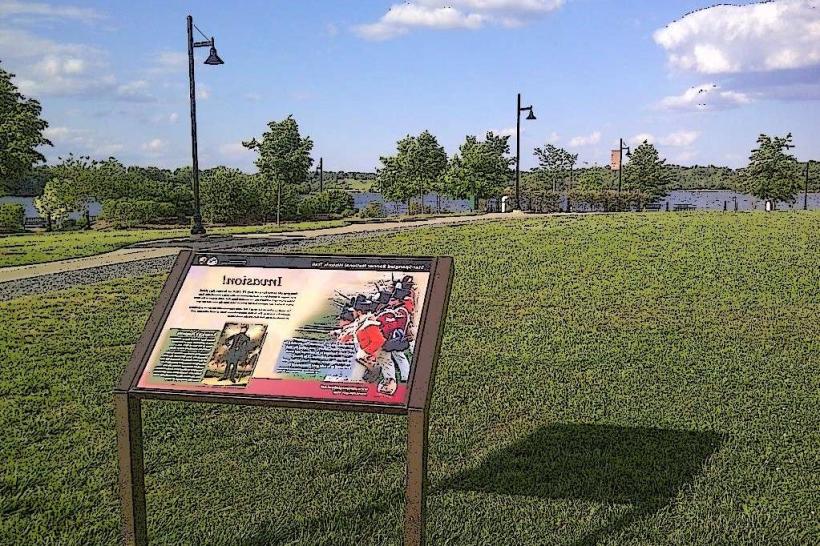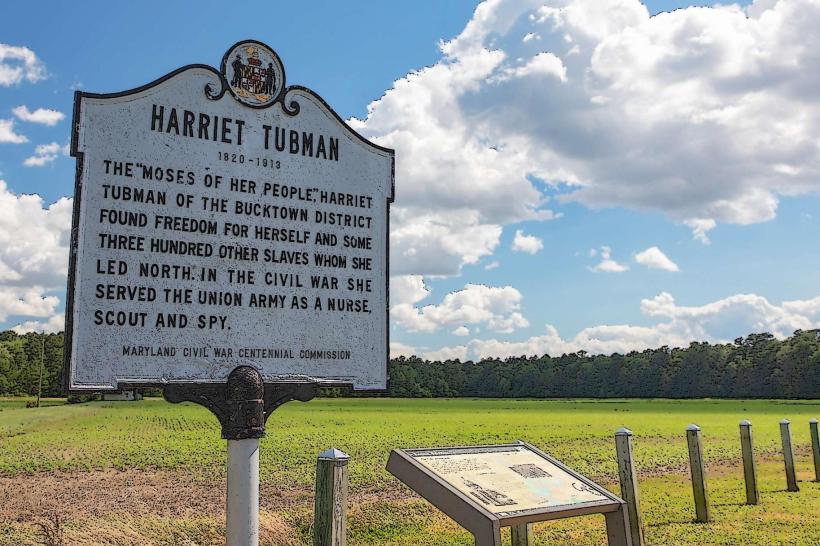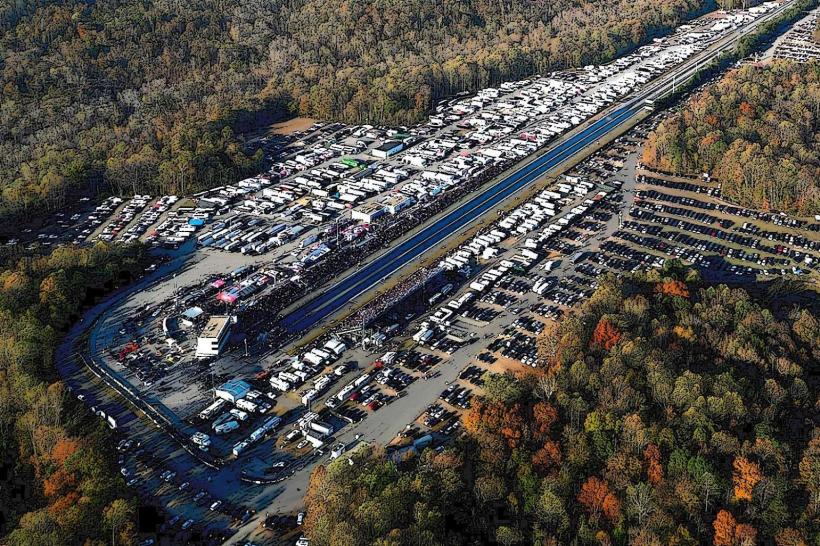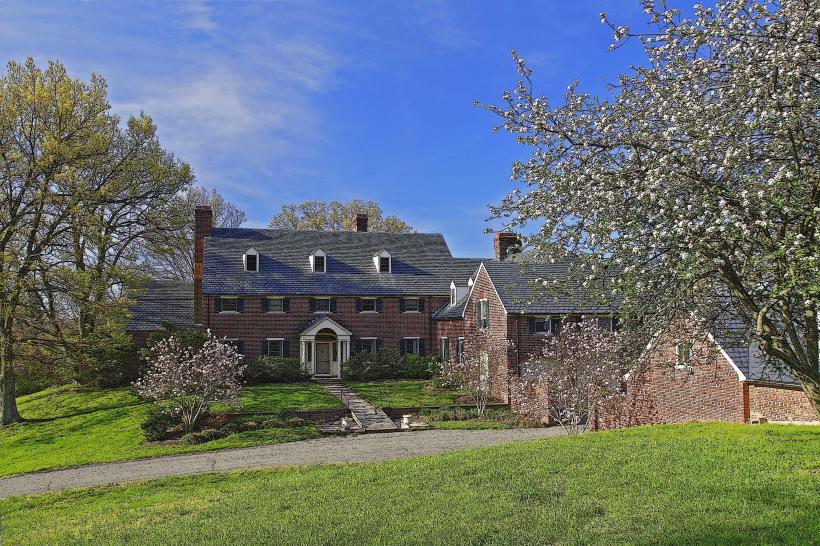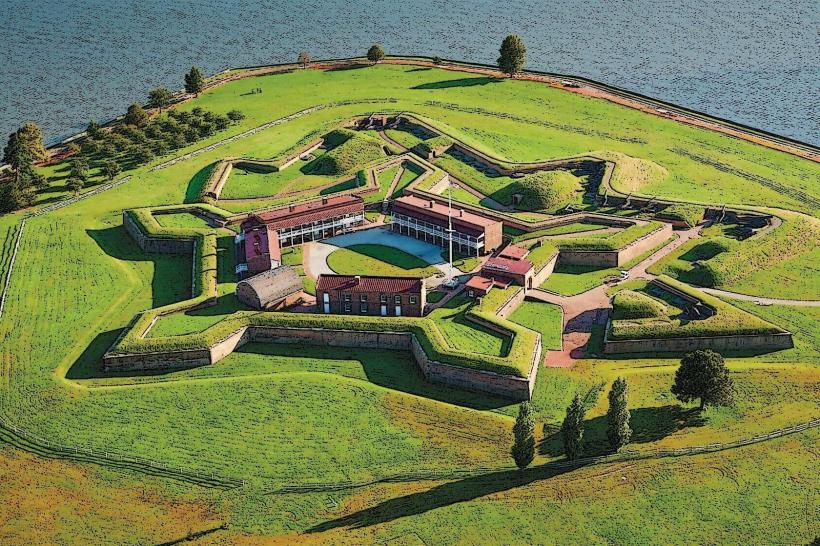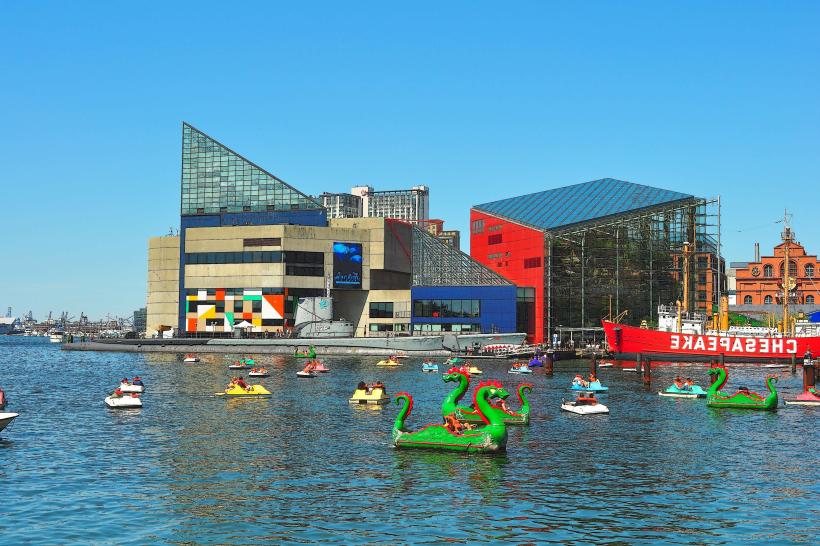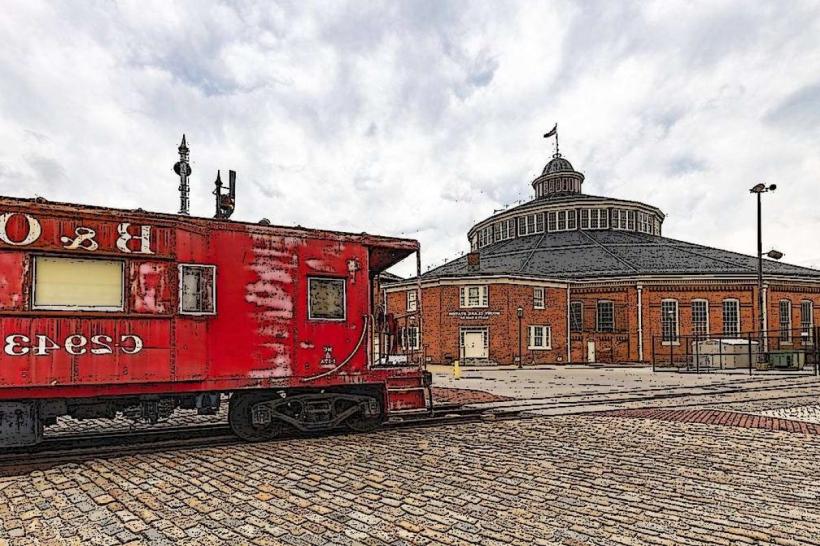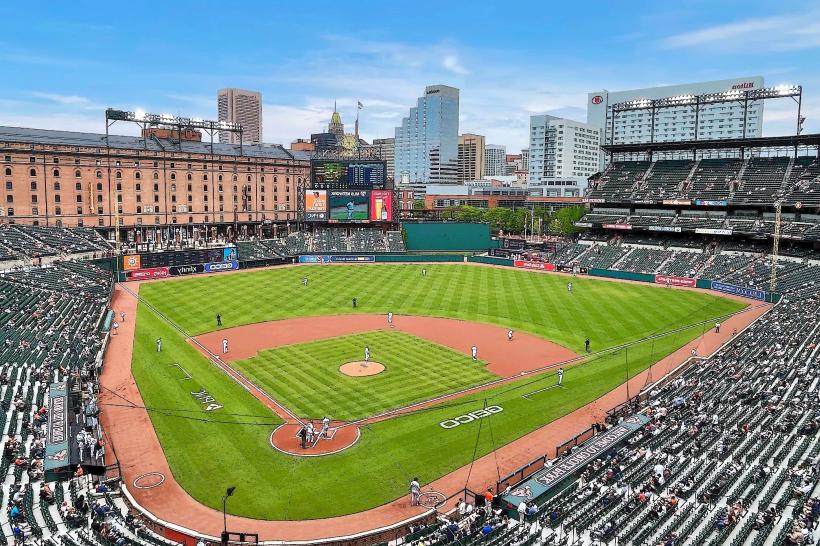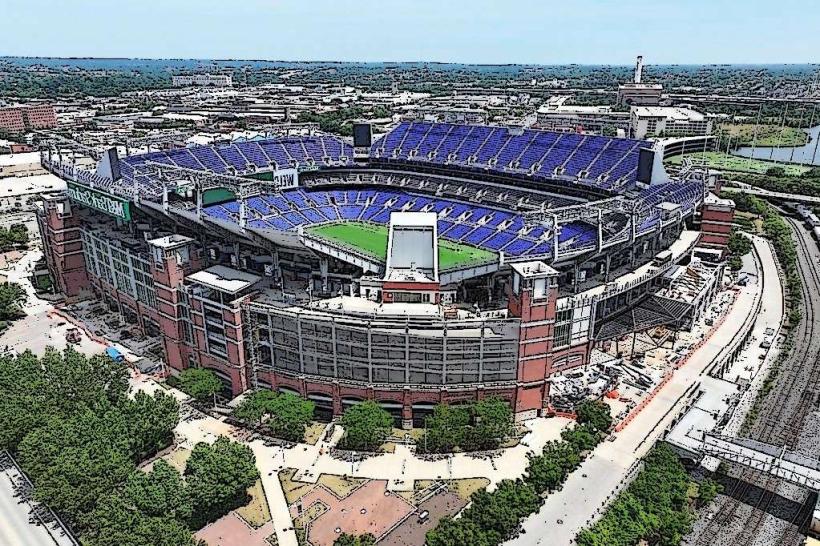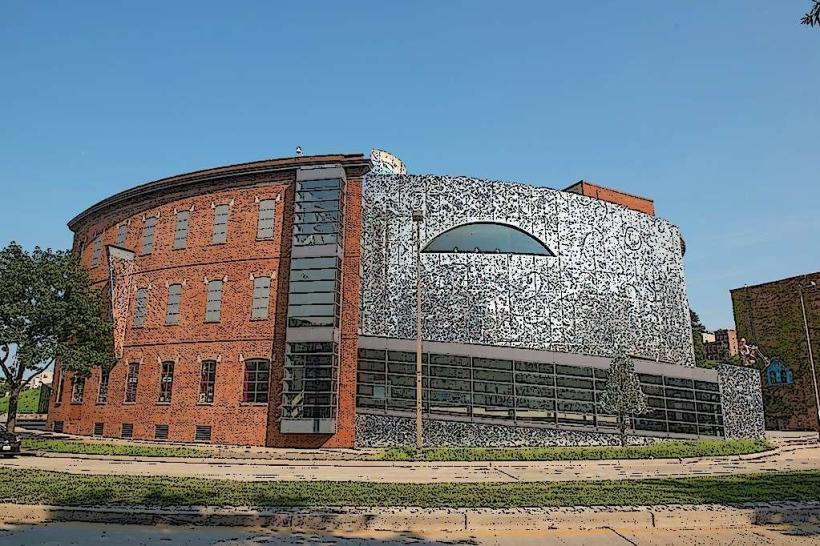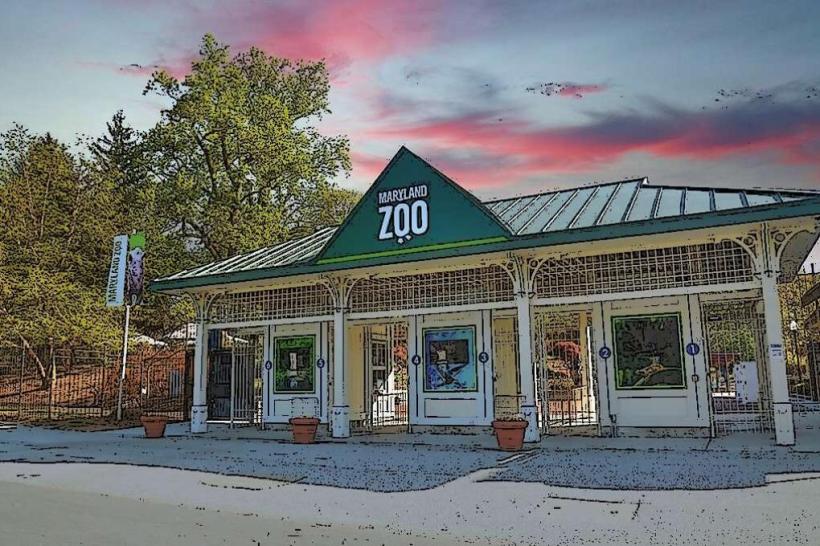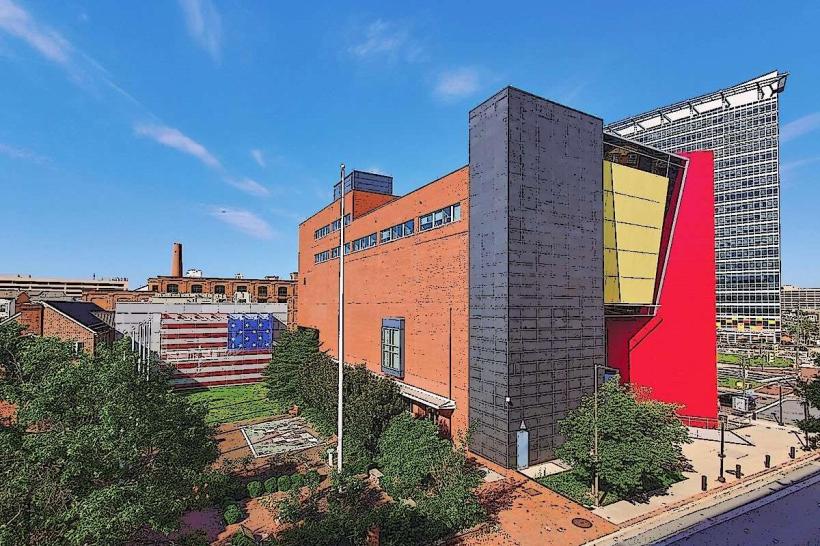Information
Landmark: Clifton MansionCity: Baltimore
Country: USA Maryland
Continent: North America
Clifton Mansion, Baltimore, USA Maryland, North America
Overview
In Baltimore’s Clifton Park, Clifton Mansion stands as a historic landmark, its brick walls and tall windows witnessing generations of civic, cultural, and philanthropic life in the city, likewise it’s best known as the country estate of Johns Hopkins, the 19th-century merchant and philanthropist who went on to fund Johns Hopkins University and Hospital, where brick walls still echo his legacy.From what I can see, Today, it stands restored-a proud marker of Baltimore’s layered past-and hums with life as a community center where children’s laughter drifts out the open doors, meanwhile between 1802 and 1812, the mansion took shape, starting as a sturdy Federal-style stone farmhouse built around 1802 by Captain Henry Thompson, a prosperous merchant and officer who later fought in the War of 1812.By 1812, Thompson had enlarged the house, adding airy modern rooms and elegant trim that showed off his rising wealth and the polished style of the Federal era, consequently the estate-about 60 acres at first-sat in what was then quiet countryside northeast of Baltimore, where you could still hear crickets at dusk.The building’s design was simple yet graceful, with thick stone walls cool to the touch, evenly spaced windows, modest wooden trim, and a hallway running straight through the center, as well as thompson lived here with his family, relying on enslaved workers to keep the house standing and the fields trimmed.safeIn 1837, Johns Hopkins bought the estate and turned it into his country retreat, a quiet spot shaded by ancient oak trees.Hopkins grew the estate to about 500 acres, shaping it into a sweeping pastoral stretch with apple orchards, shady groves, sparkling gardens, warm greenhouses, and winding paths under the trees, likewise he completely reimagined the house, turning its plain rooms into bold, light‑filled spaces.Actually, Hopkins hired the architecture firm Niernsee & Neilson-famed for grand public projects like the Baltimore and Ohio Railroad’s stone-front headquarters-to redesign his house, likewise from 1841 into the early 1850s, the building was transformed into a grand Italianate villa, blending its original Federal touches with fresh, fashionable details.An 80‑foot tower rose above the roofline, carving a bold silhouette and offering sweeping views of the estate and Baltimore beyond, while the home’s facade now features arcaded stone porches, tall narrow windows, and ornate cornices, all hallmarks of Italianate style.The main hall gleamed with marble underfoot, rich black walnut panels along the walls, and a staircase that curved gracefully upward, in turn inside, a striking trompe-l'œil mural of the Bay of Naples caught the eye, its sunlit waves and distant hills reflecting Hopkins’ passion for tour and classical art.Honestly, The redesign showed off his wealth and refined taste, while quietly shaping the image he wanted to leave behind-cultured, generous, and looking to the future, like a library filled with sunlit shelves, at the same time in the 19th century, Clifton Mansion buzzed with gatherings and lively conversations, serving as a social hub during Hopkins’s lifetime.Politicians and visiting dignitaries once gathered here, sipping wine under the warm glow of crystal chandeliers, as a result during the Civil War, it doubled as a meeting spot where Union leaders and local officials huddled over maps and plans.Though he made his living in business, Hopkins poured his energy into improving the city, even planting elm trees along Main Street, what’s more his estate blended elegance with a welcoming ease, the same qualities that would later shape his institutions.Although historians still debate his ties to slavery, records show that four African American men lived on the property while he owned it, their exact status remaining uncertain and under careful study, therefore after Hopkins died in 1873, the mansion and sprawling estate changed hands until, in 1895, the City of Baltimore bought it and turned it into Clifton Park-a sweep of open lawns and shady trees that reflected the City picturesque Movement’s vision for public spaces.The mansion was turned into all sorts of municipal spaces-Park Superintendent’s office, golf course clubhouse, recreation center offices-but over the years, dust gathered in the corners and neglect took hold, not only that the home lost its ornate interiors-some stripped away, others ruined-while structural problems went unchecked, and the tower’s door gathered dust behind a locked gate.By the 1980s, Clifton Mansion had fallen into ruin-its windows boarded, rain seeping through the roof, the wood obscure with rot, and the whole locale on the verge of disappearing, what’s more the Restoration and Civic Works era began in 1993, a turning point when Civic Works-an AmeriCorps-affiliated nonprofit known for job training and community service-took over the mansion under a lease, its front steps worn smooth by decades of use.Seeing the building’s promise, Civic Works teamed up with the local group Friends of Clifton Mansion and began restoring it room by room, starting with the creaky aged front hall, moreover restoration milestones ranged from shoring up the tower and stone walls to breathing current life into the main hall, foyer, dining room, and ballroom, often with original materials or faithful replicas; craftspeople also revived ornate details like ceiling medallions, carved wood trim, grand fireplaces, and faded wall murals.The project added LEED-Bronze energy upgrades and ADA-compliant features, making the mansion both usable and sustainable, and reopened the tower so visitors could take in sweeping views much like Johns Hopkins once did, equally important by the 2010s, more than $4 million had gone into bringing Clifton Mansion back to life, generally Architectural Features – Tower: Rising 80 feet, the tower dominates the skyline and grabs your eye first, likewise built to blend beauty with purpose, it treats guests to sweeping views of the estate, from the sunlit gardens to the far stone walls.Oddly enough, Today, it offers sweeping, one-of-a-kind views of Baltimore, from glittering harbor waters to the distant spires downtown, besides visitors step into a grand entrance hall where cool marble gleams underfoot, walnut railings curve gracefully upward, and restored murals bring the walls to life.Ballroom: Restored wall and ceiling art from the mid-1800s comes alive again, with curling scrollwork, richly painted panels, and the warm glow of antique light fixtures, besides the salon and dining rooms have been brought back to their original style, with graceful trim and perfectly balanced lines, like a mirror catching the afternoon light.Today, Clifton Mansion buzzes with activity as the home of Civic Works, where young people learn green jobs, tend rows of vegetables in the garden, and take on projects that lift up the community, therefore it’s a region that hosts everything from weddings with twinkling lights to spirited fundraisers and lively public lectures, mildly This public heritage site hosts guided tours, seasonal open houses, and lively historical reenactments, all in partnership with Baltimore Heritage and the Friends of Clifton Mansion, in conjunction with we’re continuing educational efforts that shine a light on the estate’s history of enslaved labor, trace the neighborhood’s transformation, and explore Johns Hopkins’ civic ideals-pulling it all together into a more inclusive story of the property, where even the aged brick paths carry traces of the past.You’ll find us at 2701 St, in conjunction with lo Drive, Baltimore, MD 21213, tucked inside Clifton Park.Public tours run once a month or by appointment, taking you through the restored interiors and up the observation tower, at the same time the building’s fully ADA-compliant, with modern restrooms and luminous meeting rooms.You can also rent it for private events, with access to its historic rooms.
Author: Tourist Landmarks
Date: 2025-10-06


